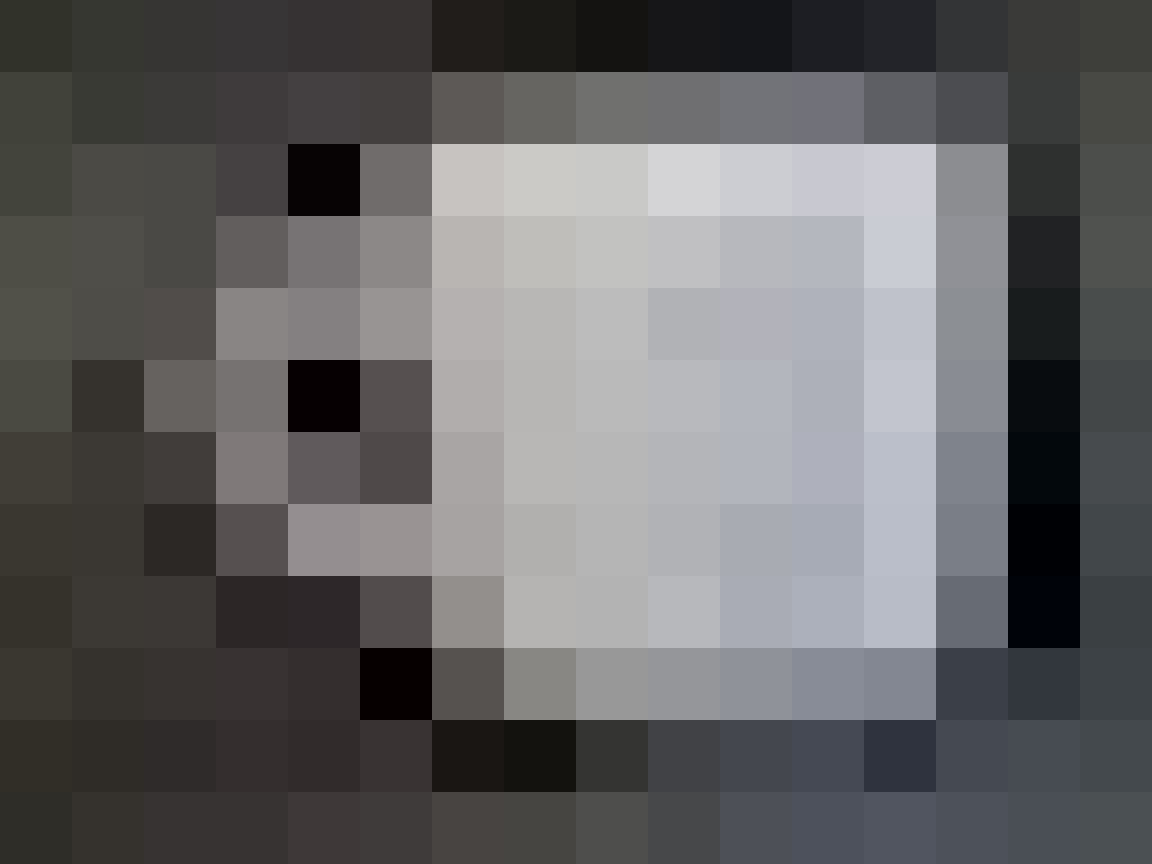Does the image have the required resolution?
The term resolution
Resolution is an important parameter for digital images, displays, cameras and scanners. However, the term resolution is used ambiguously and can easily lead to misunderstandings.
- Width and height in pixels
- Total number of pixels as a result of width multiplied by height
- Width in pixels
- Number of pixels per unit of distance
The four points listed have different meanings, but are all often referred to as ‘resolution’. It hardly makes sense to demand the correct use of terms according to certain specifications. What exactly is meant must be inferred from the context or by asking questions.
Regarding 1: The statement, ‘My monitor in the office has a resolution of 1920 × 1080 pixels and my smartphone has 1644 x 3840 pixels’ is important, but it only indicates the number of pixels in width and height. The term resolution should actually indicate the number of pixels in relation to a unit of measurement such as centimetres or inches. However, it is common to use the two numerical values such as 1920 × 1080 as the resolution in relation to a device. The same also applies to the statement ‘The picture from my camera has a resolution of 6000 × 4000 pixels’. In the cases described, we do not learn anything about the size of the monitor, the smartphone or the image file in centimetres, but only the number of pixels in width and height.
Regarding 2: ‘My camera has a resolution of 24 megapixels.’ Stating the total number of pixels is common for cameras and allows for a comparison of different cameras. For further processing of the images, additional information is obtained from the metadata of the camera's image file, such as: aspect ratio 3:2, width 6000 px, height 4000 px.
Regarding 3: ‘My new TV has 5K resolution!’ The classification of TV sets and monitors in 4K, 5K or 8K is currently common and only indicates the approximate width in pixels. The exact width in pixels and, in particular, the height cannot be derived from this. Here you have to rely on the manufacturer's specifications, which then state, for example, 5120 × 2880 pixels. It is important to understand that 5K (=5000) refers only to the width and not, as with the cameras, to the result of width multiplied by height!
Regarding 4: ‘My smartphone has a resolution of 571 ppi.’ The term resolution is used correctly here and means that 571 pixels per inch are displayed on the screen. The statement ‘For print, an image resolution of 72 ppi is not sufficient, we need 300 ppi’ is correct in most cases, but not complete. For images, the resolution in pixels per inch (ppi) should always be specified in addition to the width and height. Instead of ppi, dpi is also often used for image resolution, which is incorrect but common. Instead of the term resolution, the term pixel density is increasingly used, which makes perfect sense.
This overview of the sometimes misleading uses of the term ‘resolution’ should help to better understand the following explanations.
First things first
The most important parameters of an image are its width and height in pixels. For the following examples, let's assume 1200 px × 900 px.
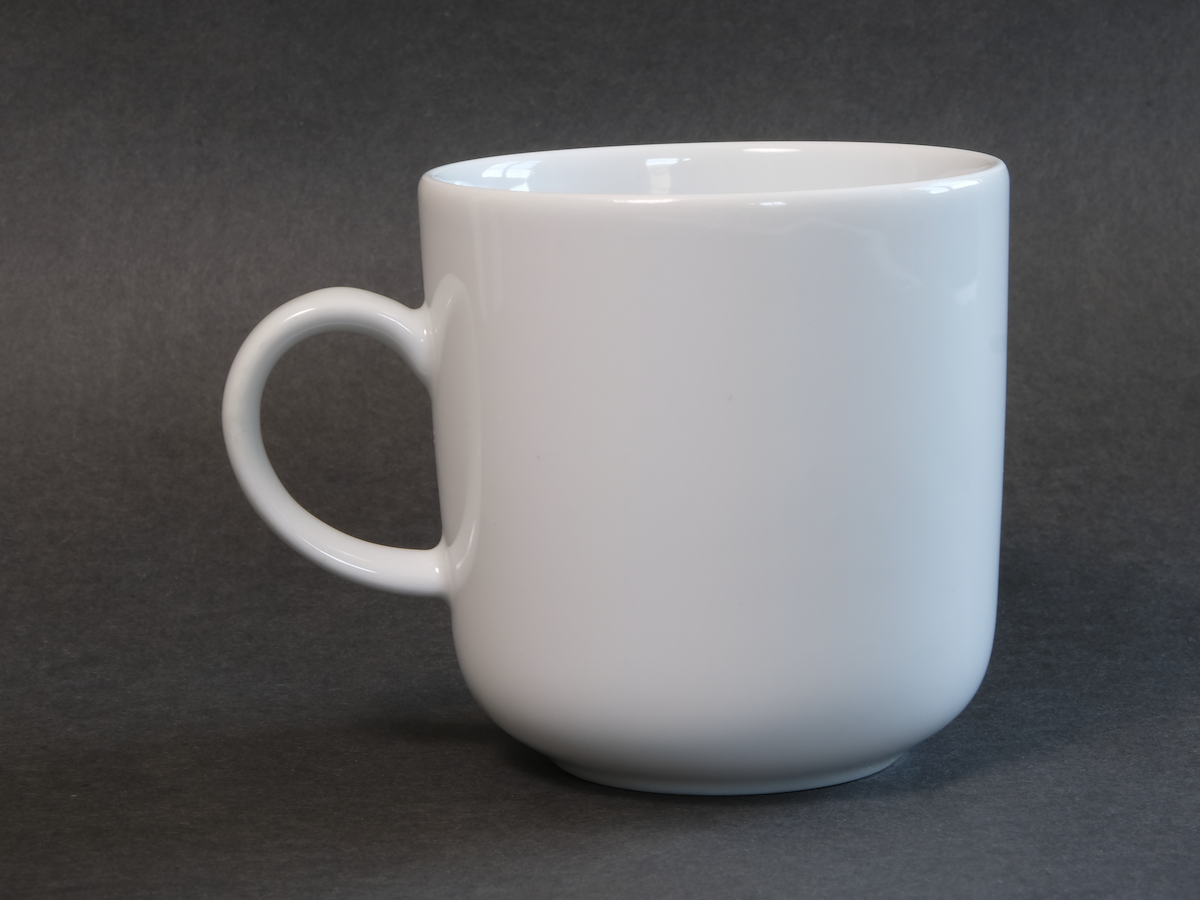
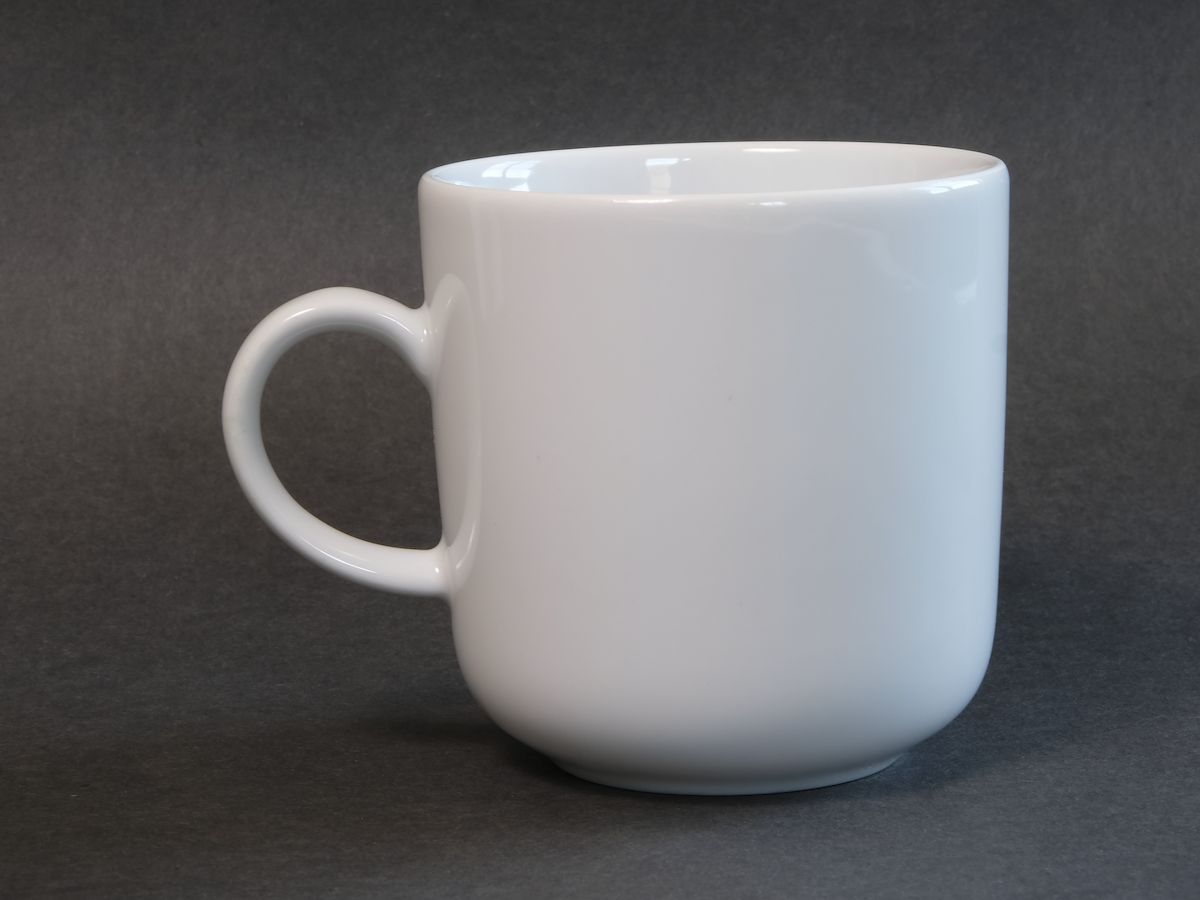
Let's stick to width and height in pixels (px) for now. We will look at the resolution in pixels per inch (ppi) afterwards. The parameter ppi is not relevant for the display on screen as shown here. You can easily check this by downloading the two files and viewing them in any programme.
cup_1200x900_72.png
cup_1200x900_300.png
Uses – applications
The question of the required resolution of an image is always linked to the intended use. Where or for what should the image be used:
- on screen
- in a newspaper column
- on a smartphone
- in a high-quality illustrated book
- on a good tablet
- on a billboard at the suburban train station
Application groups
These different applications can be further divided into two groups:
- digital display
The two groups have significant differences. Image pixels can be transferred quite easily to display pixels. In the vast majority of print output processes, only ‘dots’ are ultimately available and the image pixels have to be converted into the dots of the output device using further parameters.
Use on a display
Here it is not enough to assume a standard office monitor; rather, the entire range from a smartwatch to tablets to very large monitors or displays must be considered.
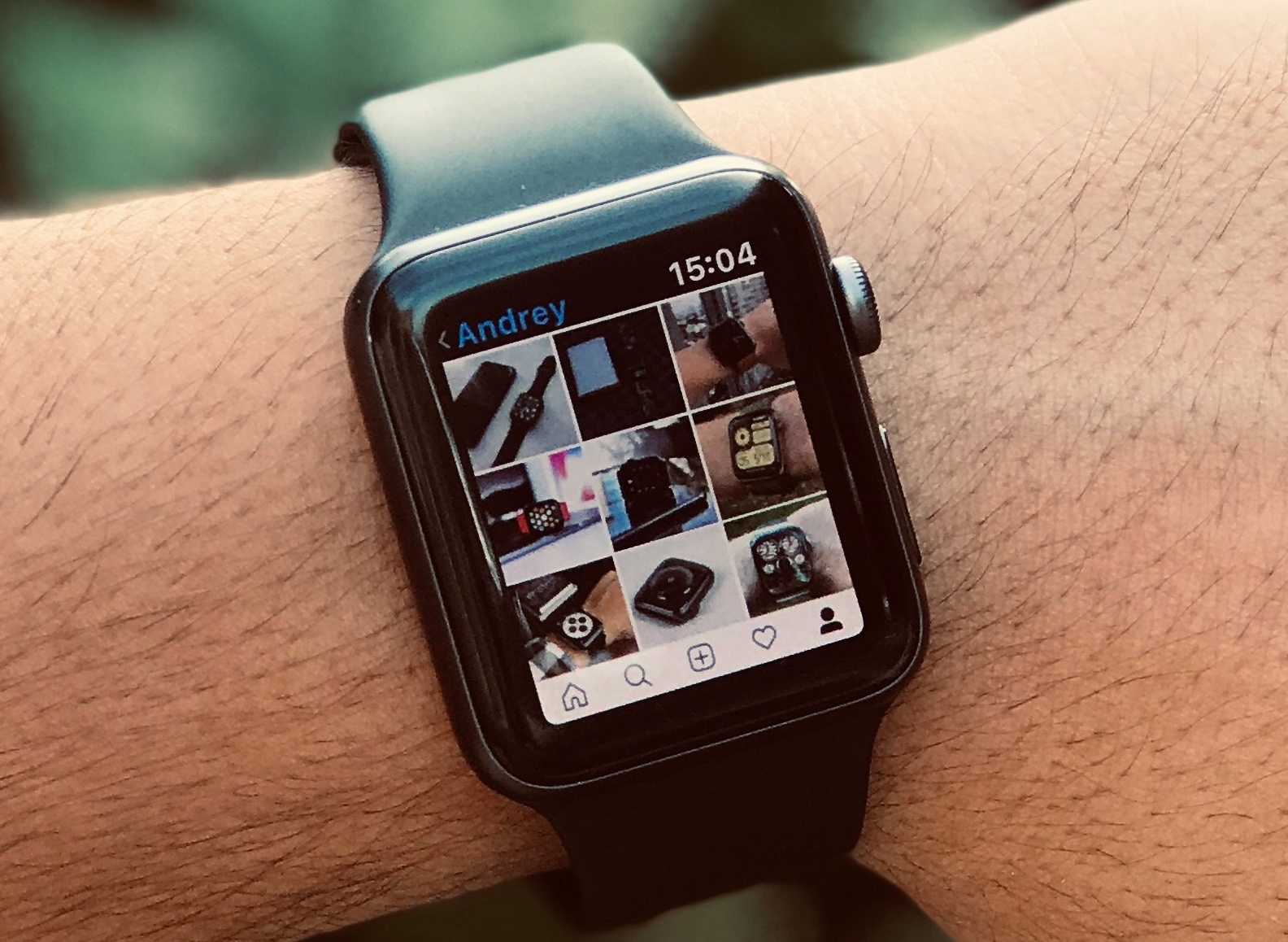

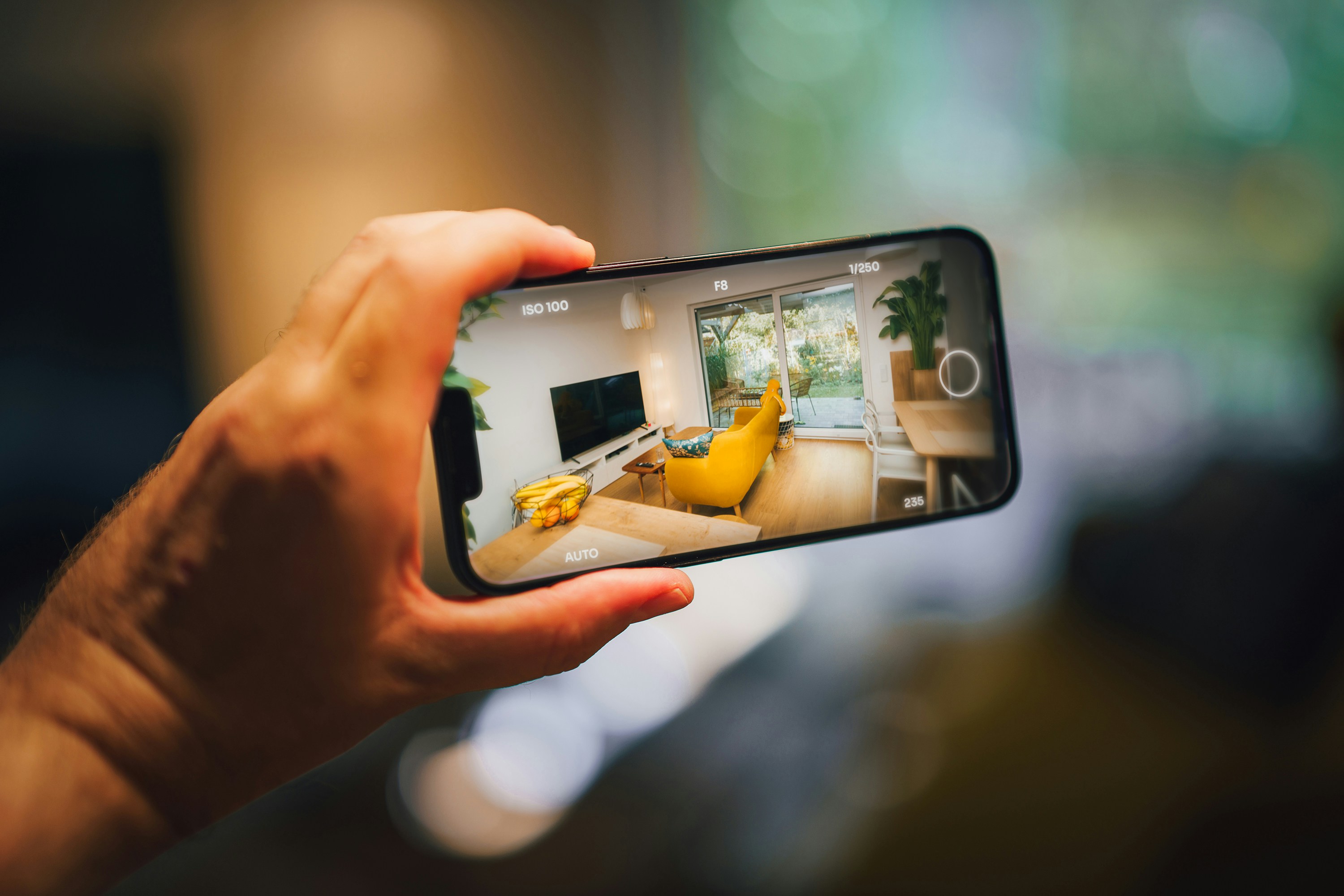
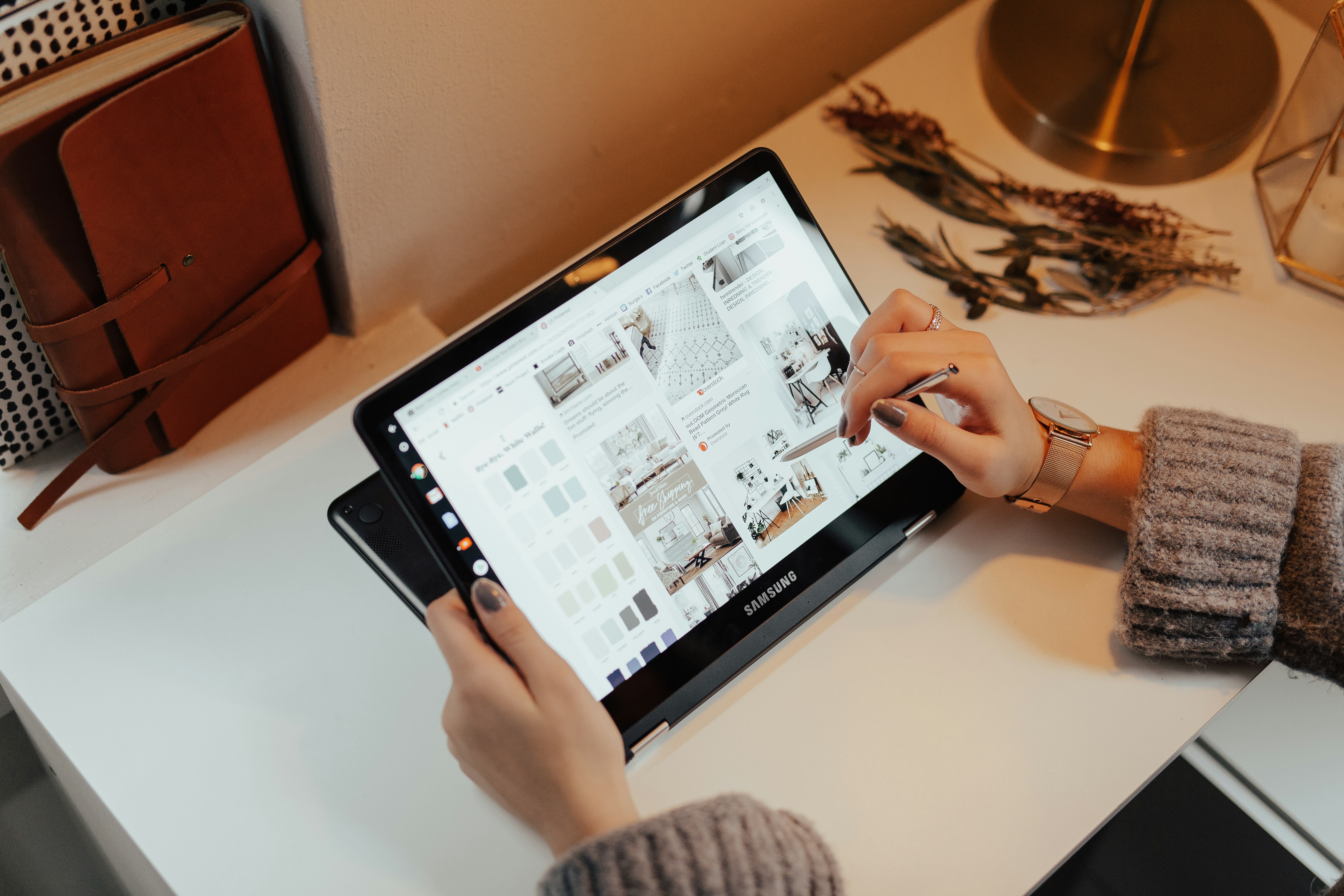
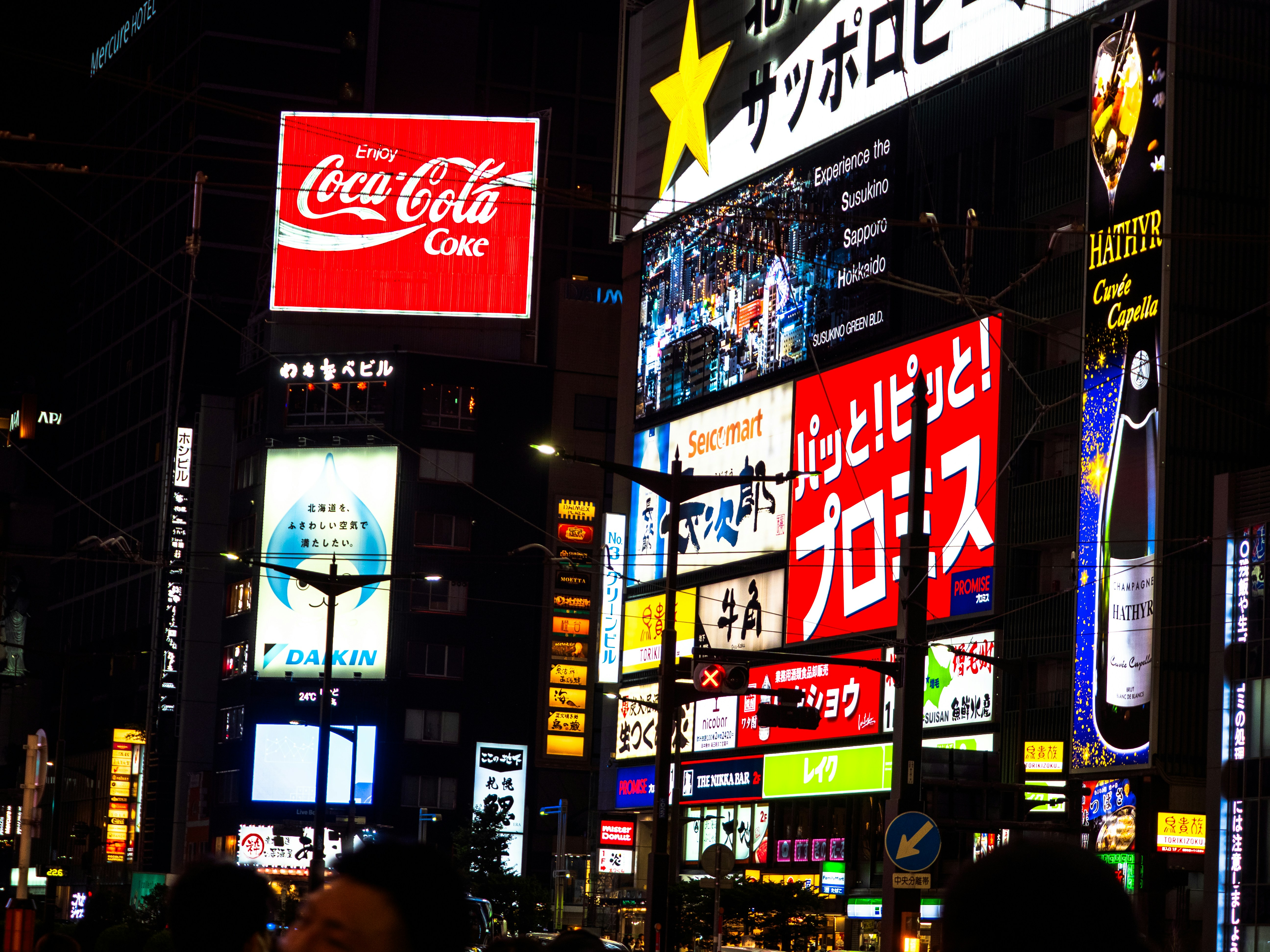
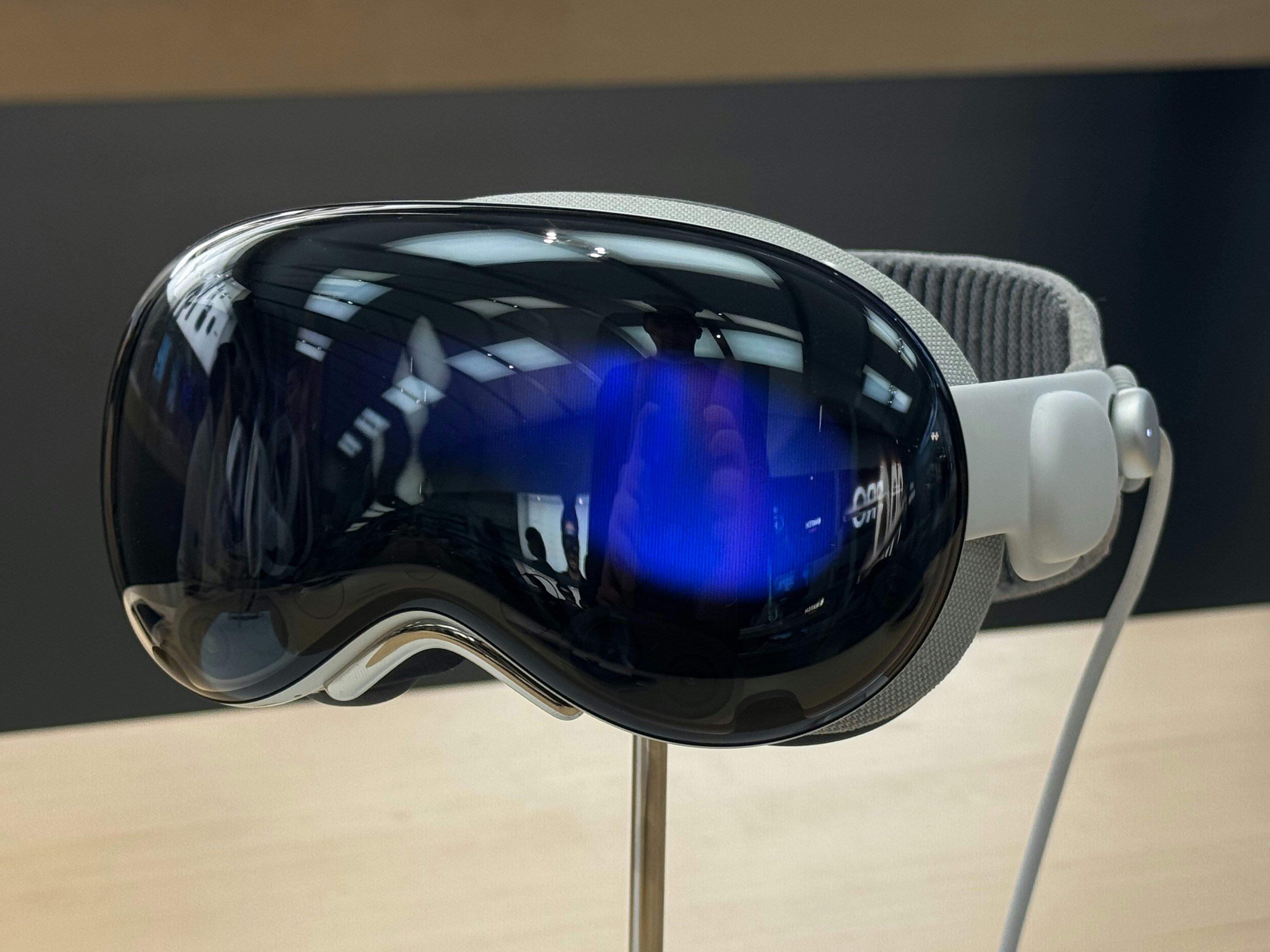
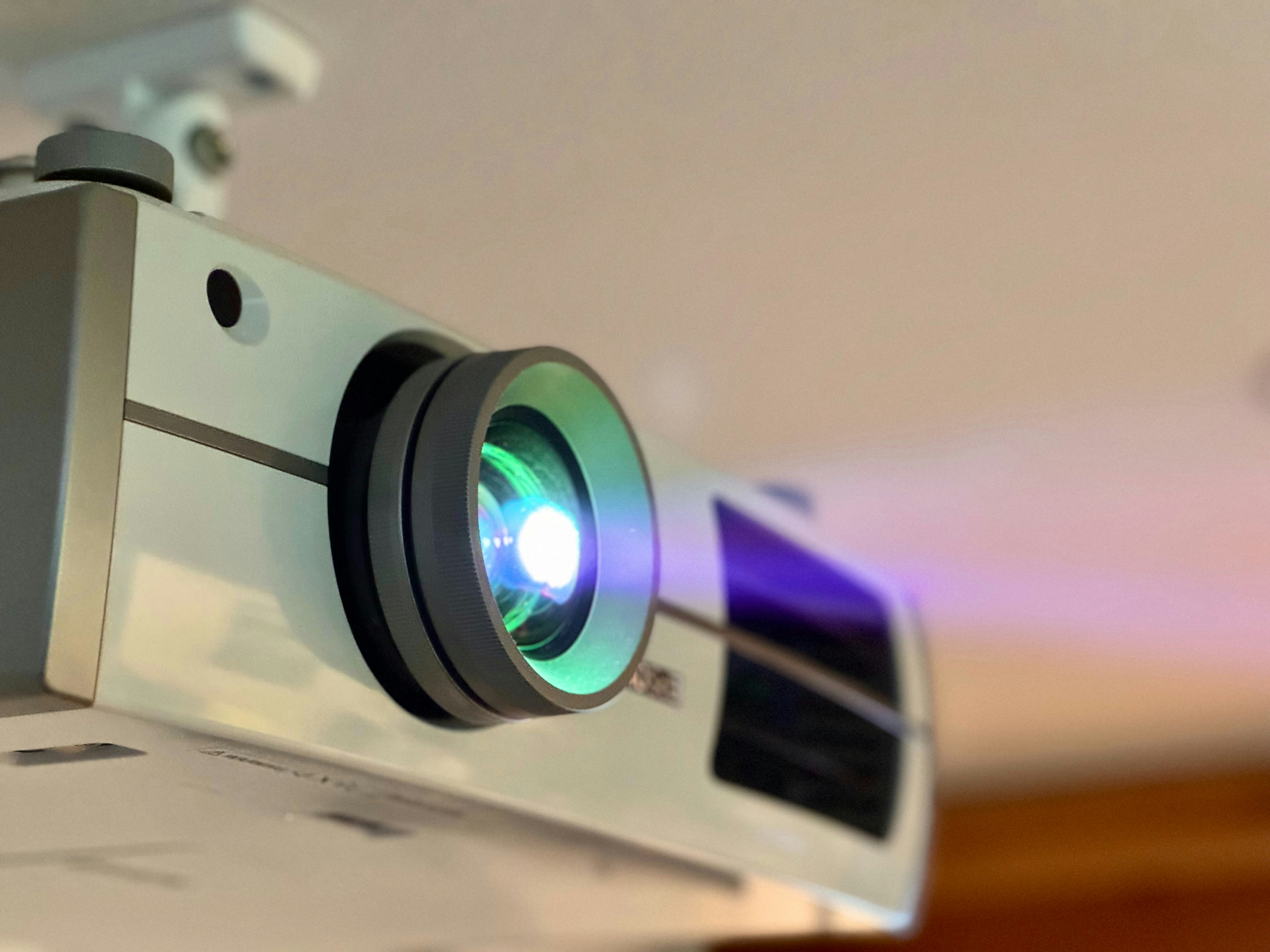
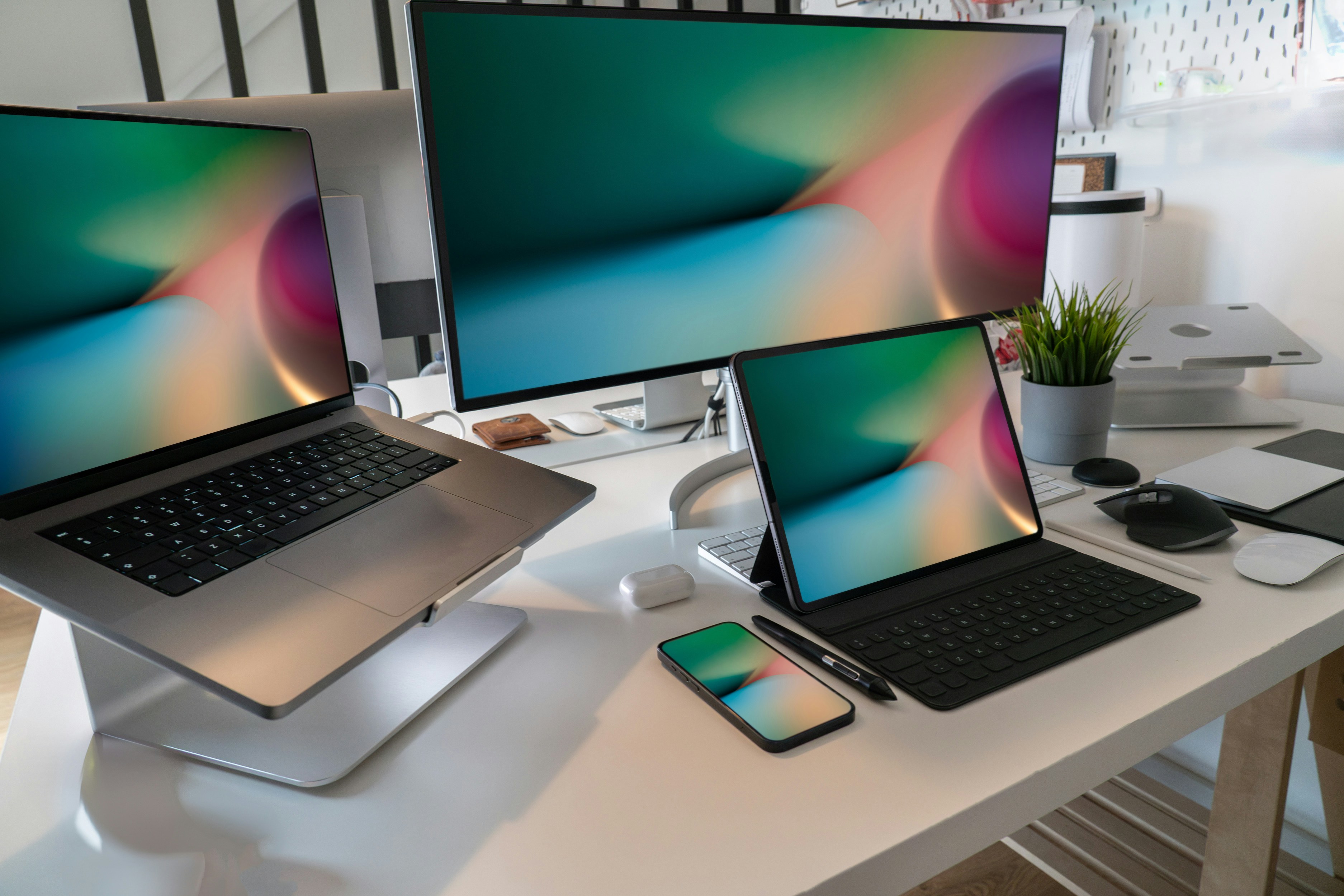
Displays by size and resolution
| mm | px | ppi | Link to manufacturer |
|---|---|---|---|
| 32 × 39 | 416 × 496 | 326 | Apple - Watch Series 10, 46 |
| 66 × 147 | 1280 × 2856 | 495 | Google - Pixel 9 Pro |
| 154 × 86 | 800 × 480 | 132 | Raspberry Pi Touch Display 7" |
| 233 × 160 | 2420 × 1668 | 264 | Apple - iPad Pro 11‑inch |
| 236 × 147 | 2560 × 1600 | 276 | Google - Pixel Tablet |
| 338 × 2708 | 1280 × 1024 | 96 | Eizo - FDS1783T |
| 553 × 309 | 1920 × 1080 | 88 | HP - M27fw |
| 598 × 336 | 5120 × 2880 | 218 | Apple - Studio Display |
| 1650 × 928 | 3840 × 2160 | 59 | BenQ - SL7502K |
| 3229 × 1818 | 3840 × 2160 | 30 | Samsung - The Wall All-in-One IAB 4K |
The various devices are listed above according to their size in millimetres. However, it is also easy to see that small smartphones and tablets offer high resolutions that significantly exceed those of typical office monitors.
The table makes it easy to see which devices the example image with the resolution 1200 px × 900 px is suitable for. The image can be used well for the Raspberry Pi Touch Display and for the displays of current smartwatches. However, all other displays cannot be used to fill the format of this example image.
Taking zoom into account
In many applications, an image is simply displayed statically on the screen. However, this does not always have to be the case. Users of smartphones and tablets naturally use zoom gestures. The user interacts with the image and will be disappointed if, instead of better details, they only see rough pixels after zooming! This means that, in addition to the already high resolution of these devices, you also have to take the zoom factor into account.
General information for digital displays and print
Another parameter of an image file is the resolution. It can be, for example, 72 ppi, 96 ppi or 300 ppi.
This parameter can be ignored for monitor output. For print output, however, it is an important parameter in the communication between customer and service provider. For use on a screen, only the dimensions width and height in pixels are important.
Use for print
In the vast majority of cases, a print service provider will require its customers to supply the image data with a resolution of 300 ppi to ensure that 300 image dots are available for each inch of printed paper. The print service provider will rarely deviate from these 300 ppi for special requirements.
ppi or dpi
Instead of pixels per inch (ppi), dots per inch (dpi) is sometimes used for image resolution. This is incorrect. But it's not worth arguing about as long as both sides mean the same thing.
Paper formats and image resolution
Delivering images with 300 ppi is not enough. The supplier's task also includes checking which output size the images are suitable for. The table shows the necessary number of pixels at 300 ppi for the paper formats of the DIN A series.
| DIN | mm | Pixels | ppi |
|---|---|---|---|
| A0 | 841 × 1189 | 9933 × 14043 | 300 |
| A1 | 594 × 841 | 7016 × 9933 | 300 |
| A2 | 420 × 594 | 4961 × 7016 | 300 |
| A3 | 297 × 420 | 3508 × 4961 | 300 |
| A4 | 210 × 297 | 2480 × 3508 | 300 |
| A5 | 148 × 210 | 1748 × 2480 | 300 |
| A6 | 105 × 148 | 1240 × 1748 | 300 |
| A7 | 74 × 105 | 874 × 1240 | 300 |
| A8 | 52 × 74 | 614 × 874 | 300 |
| A9 | 37 × 52 | 437 × 614 | 300 |
| A10 | 26 × 37 | 307 × 437 | 300 |
The table is also useful if you want to provide an image for a given column width in a publication.
If you only know the size of the digital image in pixels, then a
Formula
If you only know the size of the digital image in pixels, then a simple formula can be used to calculate the size in inches or millimetres that can be used for the image:
| 1200 px | / | 300 ppi | = | 4 inch |
| 900 px | / | 300 ppi | = | 3 inch |
| 4 inch | × | 25.4 | = | 101.6 mm |
| 3 inch | × | 25.4 | = | 76.2 mm |
Are 300 ppi or 72 ppi important at all?
The only thing that matters is the number of pixels in the width and height of the image. The two images mentioned earlier
cup_1200x900_72.png
cup_1200x900_300.png
are both the same quality! The resolutions of 72 ppi or 300 ppi are only metadata that do not change the number of pixels.
Nevertheless, a print media designer will not be pleased if you provide images with 72 ppi. If he places the above 300 ppi image in the layout programme (such as Adobe InDesign), the metadata 300 ppi is taken into account and the image is displayed in the correct size of 4 × 3 inches. When placing the 72 ppi variant, the image is displayed much too large for this resolution and additional steps are necessary to reduce the size of the image.
Conclusion
This article has covered the aspects of resolution that provide anyone who has to supply digital images for various applications with a good basic knowledge to successfully handle most use cases for printed or digital images, which are usually viewed at an arm's length.
For monitors: Find out about the type of displays on which the images will normally be viewed in the application. Provide the images in the appropriate resolution (pixels in width and height). Consider the interaction of users with smartphones and tablets and include the zoom factor accordingly.
For print: Assume that a print service provider needs 300 ppi for the images supplied. Check the size at which your images can be used at 300 ppi. Use the table with the values for the DIN A series as an overview or the formula for conversion.
What's missing
Very large printed or digital displays are often viewed from a great distance. Different rules apply here for calculating the required resolution. This also applies to images on coarser materials such as packaging, posters, newspapers or on very high-quality materials such as in annual reports or brochures for luxury items.
Resolution – and this is the only thing we are dealing with in this article – is not the only quality criterion of an image file. There are many other properties that need to be considered: colour, colour depth, colour profiles, file formats, image rights, compression, etc.
Interesting topics for future articles on this website.
